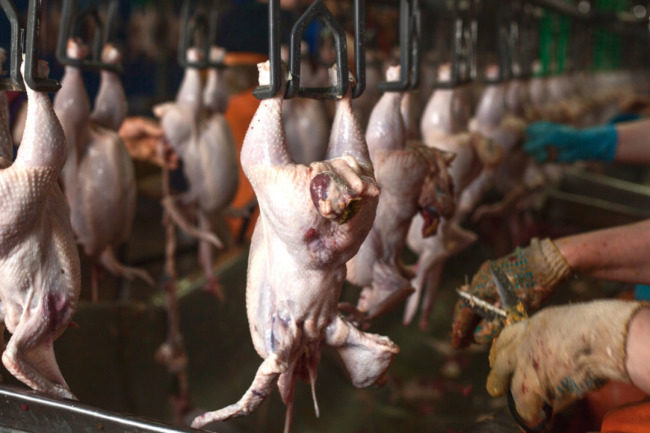UTRECHT, NETHERLANDS – Recovery is the theme for the global poultry industry as rising vaccination rates in secondary markets fuel growing demand, according to Rabobank’s Poultry Quarterly Q3 report. With poultry feed prices remaining at higher-than-normal levels and foodservice demand growing, Rabobank forecasted “significant price inflation” in the second half of 2021 with avian influenza also contributing to interruptions in the trade of breeding stock worldwide.
The report highlights the strength of local market conditions in countries such as Japan, Russia, Mexico and the United States while trade flows have shifted as China’s poultry-production independence continues to gain momentum, producing a trickle-down effect.
“The outlook for China will also impact global trade conditions. Increasing local meat supply is impacting meat prices significantly, and this will have knock-on effects on global trade in terms of prices and volumes,” said Nan-Dirk Mulder, senior analyst – Animal Protein at Rabobank.
Market factors that are expected to impact the global poultry market for the rest of 2021 include the continued backlash of avian influenza, the lingering effects of COVID-19 and production growth that has been hindered by overall higher feed prices.
As for specific markets, poultry production in the United States has rebounded from a lackluster 2020, with slaughter numbers 4% higher and carcass weights heavier. Production limitations have been exacerbated by lower-than-normal hatchability rates and continued labor shortages across most US processing facilities. Despite those headwinds, positive signs signal optimism.
According to Rabobank’s report, “May 1 breeding flock was 4.8% larger than a year ago, suggesting producers are moving to replace genetics and offset productivity challenges.”
US prices for chicken are at record highs as foodservice operations continue to bounce back and retail sales remain strong. As an example, boneless, skinless breast and wing prices are spiking, contributing to a 42% increase in carcass values compared to 2020. Meanwhile, chicken integrators have seen average margins at the highest level since 2017 despite feed costs that are up by as much as 71% (on a cash basis).
According to Rabobank, exports of US chicken are flat compared to 2020, but the weak US dollar is expected to elevate volumes, but not enough to offset high prices, competition from Brazil and logistical hurdles in the second half of the year.
In Mexico, carcass prices are spiking at levels that are 140% higher than last year’s as production is up 2.5% through April compared to 2020 when production was cut. The prices more than offset higher feed costs.
“At current prices, most Mexican broiler companies are able to post favorable margins, despite a 42% YTD increase in feed costs,” the report said.
Demand is inching back as tourism rebounds and foodservice and retail segments report improved results.
Lower supply of poultry is fueling improvement in the European market as production declined 3.5% from January to April in the top-producing countries. Not surprisingly, low profitability in 2020 coupled with higher feed prices caused production drops as did avian influenza and a move toward lower-density production facilities across countries in the northwest part of the continent.
“The outlook for the poultry industry is more positive as lockdown restrictions are now rapidly being lifted and foodservice and travel are expected to see significant recovery,” according to Rabobank.
In Brazil, chick placements in Q4 of 2020 increased by 8.3% bolstered production in Q1 of 2021 by 5.3% over the previous year, which was the equivalent of 3.7 tonnes. Production increases in the country have been hindered, however, by ongoing appreciation of corn and the discontinuation of financial support packages to producers. This is expected to have a negative impact on Q3 supply. Feed prices during the month of May dropped 3% versus January while live chicken prices increased by 23%.
China continues to be Brazil’s biggest export market, even with an 11% decline in purchases year to date.
“However, the scenario for improvement is still limited by the high price levels in the grain futures market and also by the uncertainties regarding the evolution of the COVID-19 vaccinations and the impact on the economic recovery,” according to Rabobank.
For Rabobank’s full report, go to the company’s website.


